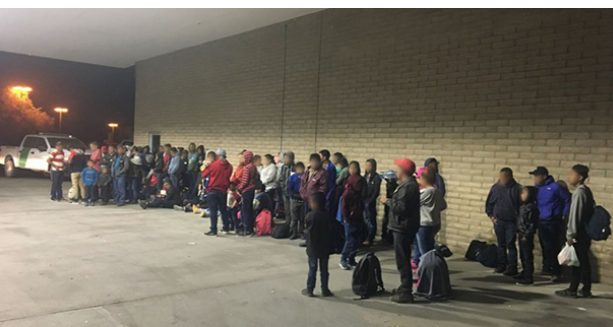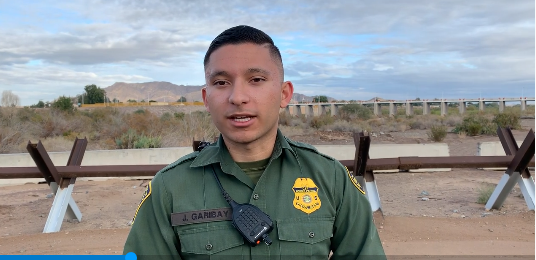Yuma Sector Border Patrol takes in 1,000 migrants
Post# of 128540


PHOENIX — One thousand migrants representing nine countries surrendered to Border Patrol agents in Yuma on Tuesday and Wednesday, likely on their way to claiming asylum.
Most of these migrants came from Guatemala, “but we also had individuals from Honduras, El Salvador, Mexico, Nicaragua, Belize, Cuba, India and Senegal,” Agent Jose Garibay said.
He added that nationals from those last three countries likely joined smuggling cartels in Mexico.
“They may go to the same location and cross together, or those individuals from those countries may peel off toward the back end of the journey and cross on their own,” he said.
700 illegal aliens surrender themselves to #USBP #YumaSector Border Patrol agents over the course of Tuesday.
@CBP #SouthwestBorder pic.twitter.com/AhR8BX6QJZ
https://twitter.com/CBPArizona/status/1123719...97/video/1
— CBP Arizona (@CBPArizona) May 1, 2019
Most crossed into the U.S. over the Colorado River, and they beat vehicle barriers on the shore.

Agents in Yuma said the fortification of the border near the San Luis crossing is pushing migrant families to an open stretch near the Colorado River.
That section of the border hasn't been touched by the ongoing fortification of the port of entry at San Luis, Arizona, about a dozen miles to the south.
There, troops have installed barbed wire, and customs officers have conducted exercises to turn back any large groups of migrants attempting to illegally enter the United States en masse.
“The barriers are only standing 4 1/2 feet high, and it’s relatively easy for migrants to go under or over them because they’re not designed to stop people,” Garibay said.
Most migrants traveled with children, meaning U.S. law requires Border Patrol to get them to Immigration and Customs Enforcement or release them in three days.
Now, Yuma Sector Border Patrol has 1,300 migrants in custody with capacity for only 410.
“So if ICE can’t take them, and they’re not going to have any bedspace, then we’re forced to release them within our sector to the nearest transportation hubs,” Garibay said.
This requirement explains the recent surge in releases into Yuma and Blythe, California.
Garibay said his colleagues must “redecorate” their facilities.
“Rooms that were originally for the storage property, we’ve had to convert those rooms into temporary holding areas,” he said.
“So now, 40-50% of that manpower is not able to be performing that border security mission in apprehending other people. The whole system is just strained to capacity.”
http://ktar.com/story/2560595/yuma-sector-bor...in-2-days/
 (0)
(0) (0)
(0)